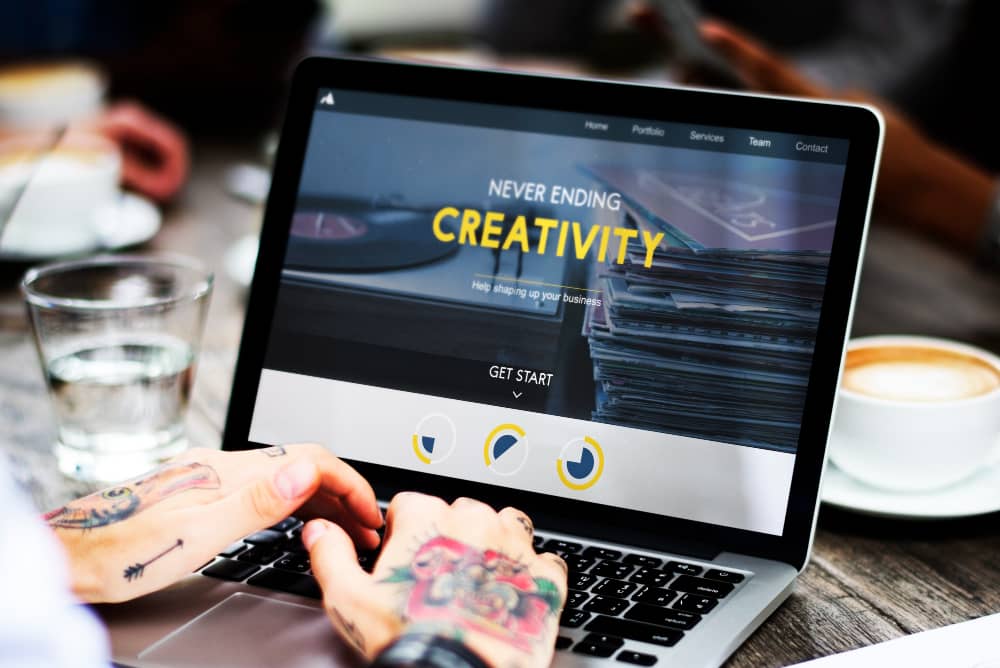Design is all about finding creative solutions to problems, and what better way to exercise your problem-solving skills than with design challenges? By setting constraints and limitations, you force yourself to think outside the box and come up with unique solutions that you might not have considered otherwise. In this article, we’ll explore some common design challenges and walk through the creative problem-solving process together.
Challenge 1: Designing a Website for a Specific Industry
One of the most common design challenges is to create a website for a specific industry. Whether it’s a restaurant, a law firm, or a clothing brand, each industry has its unique needs and requirements. To start, do some research on the industry and its target audience. What are the current trends and design conventions? What are the pain points that the industry faces? What are the primary goals of the website?

Once you have a solid understanding of the industry, it’s time to start brainstorming. Consider the brand’s personality and values, and how you can convey that through the website’s design. Think about the user experience and how you can make it easy and intuitive for visitors to navigate the site. Finally, pay attention to the details, such as font choices, color palettes, and imagery, to ensure that the design aligns with the industry’s aesthetic.
Challenge 2: Creating a Site with a Limited Color Palette
Color plays a crucial role in design, and choosing the right colors can make or break a project. However, sometimes less is more. A limited color palette can force you to be creative with your design choices and create a more cohesive and harmonious design. To start, choose a small number of colors (two to four) and stick to them throughout the design.

Next, consider the mood and tone you want to convey with the design. Color can evoke emotions and set the tone for a project. For example, blue is often associated with calmness and trust, while red is associated with excitement and passion. Finally, think about how you can use different shades and tints of the colors to create contrast and depth within the design.
Challenge 3: Designing a Mobile App with a Minimalist Aesthetic
Minimalism has become a popular design trend in recent years, with its focus on simplicity, clarity, and functionality. Designing a mobile app with a minimalist aesthetic can be challenging, but it can also result in a beautiful and intuitive design. To start, consider the app’s primary purpose and what features are essential to the user experience.

Next, focus on the layout and navigation of the app. A minimalist design should be easy to navigate and use, with a clear hierarchy of information. Consider using white space and typography to guide the user’s attention and make the app feel more spacious and airy. Finally, pay attention to the small details, such as the iconography and animation, to ensure that they align with the minimalist aesthetic.
Conclusion
Design challenges are a great way to push yourself creatively and develop your problem-solving skills. By setting constraints and limitations, you can explore different design choices and come up with unique solutions that you might not have considered otherwise. Whether you’re designing a website, a mobile app, or a logo, these challenges can help you think outside the box and take your designs to the next level.




